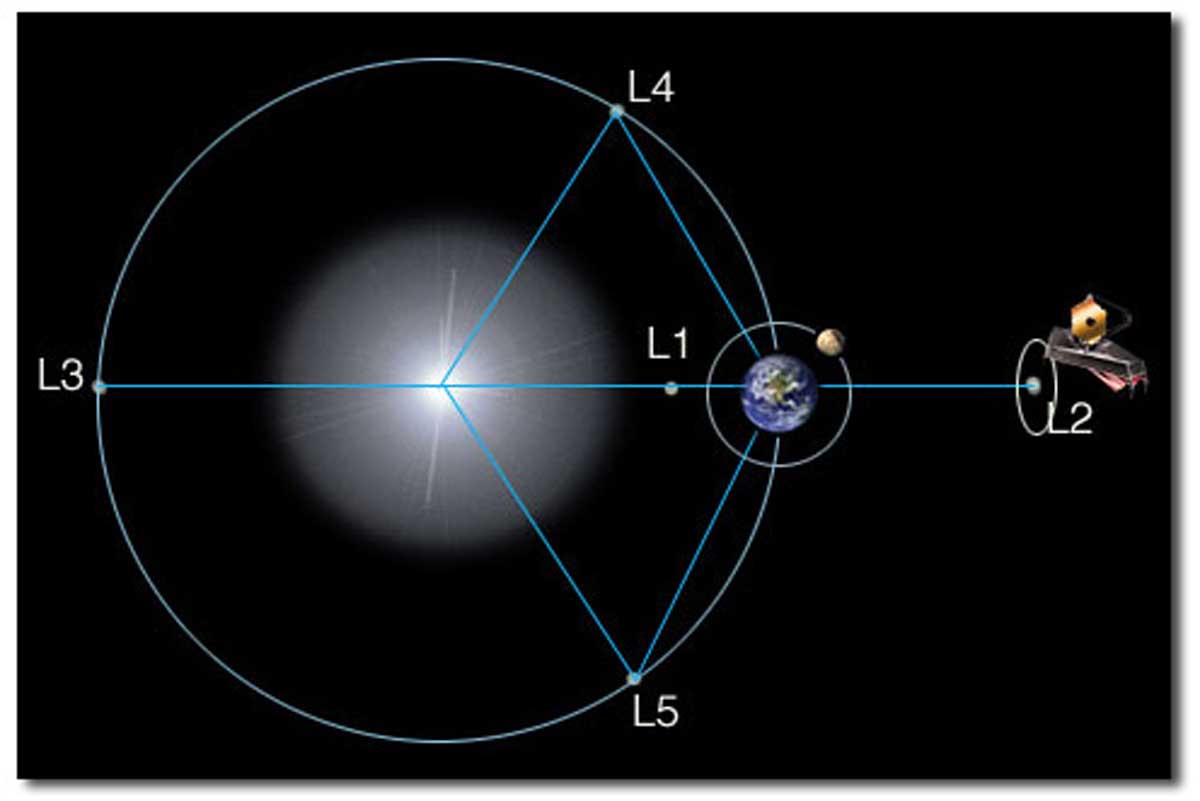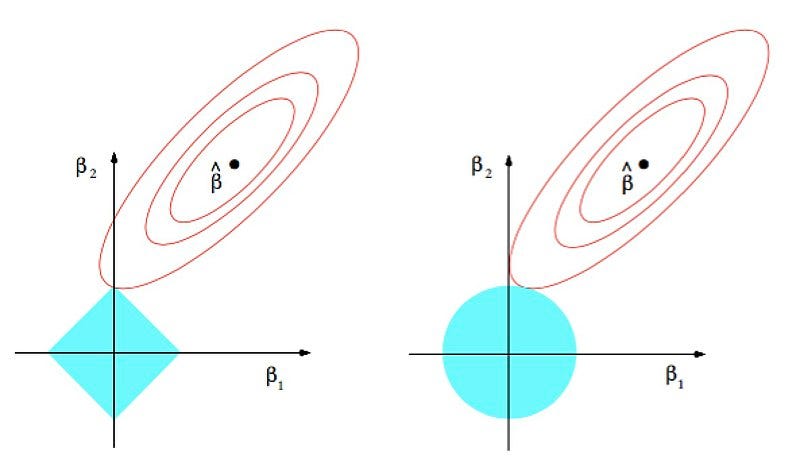The James Webb Space Telescope isn't in circle around the Earth, similar to the Hubble Space Telescope is - it really circles the Sun, 1.5 million kilometers (1 million miles) away from the Earth at what is known as the second Lagrange point or L2.
What is extraordinary about this circle is that it allows the telescope to keep straight with the Earth as it moves around the Sun. This permits the satellite's enormous sunshield to shield the telescope from the light and intensity of the Sun and Earth (and Moon).
Why Does The Direction Of The Earth And Sun Matter?
Webb principally notices infrared light, which can now and then be felt as intensity. Since the telescope notices the exceptionally weak infrared signs of extremely far off objects, it should be protected from any splendid, hot sources.
This additionally incorporates the actual satellite! The sunshield effectively isolates the touchy mirrors and instruments from the Sun and Earth/Moon, yet in addition the shuttle transport.

The actual telescope works at around 225 degrees under zero Celsius (short 370 Fahrenheit). The temperature contrast between the hot and cold sides of the telescope is colossal - you could nearly bubble water on the hot side, and hold up nitrogen on the virus side!
To have the sunshield be compelling security (it provides the telescope with what could be compared to SPF 1,000,000 sunscreen) against the light and intensity of the Sun/Earth/Moon, these bodies all must be situated in a similar heading. For this reason the telescope is out at the second Lagrange point.
What Is L2?
Joseph-Louis Lagrange was an eighteenth century mathematician who found the answer for what is known as the "three-body issue." That is, is there any steady design, where three bodies could circle one another, yet remain similarly situated comparative with one another?
Incidentally, there are five answers for this issue - and they are known as the five Lagrange focuses, after their pioneer. At Lagrange focuses, the gravitational draw of two huge masses definitively rises to the centripetal power expected for a little item to move with them. The L1, L2, and L3 focuses are all in accordance with one another - and L4 and L5 are at the marks of symmetrical triangles.
The primary Sun-Earth Lagrange point, L1, is 1.5 million km from the Earth towards the Sun, and there have been numerous sun oriented observatories situated here, including DSCOVR, WIND, SOHO, and Expert. There have been different satellites out at Sun-Earth L2, where Webb is, including WMAP, Herschel, and Planck.
Webb At L2
On the off chance that Webb is circling the Sun farther than Earth, shouldn't it require over a year to circle the Sun? Ordinarily indeed, yet the equilibrium of the consolidated gravitational draw of the Sun and the Earth at the L2 point implies that Webb stays aware of the Earth as it circumvents the Sun.
The gravitational powers of the Sun and the Earth can almost hold a space apparatus as of now, with the goal that it takes somewhat little rocket push to keep the shuttle in circle around L2.

Webb circles around L2; it doesn't sit fixed unequivocally at L2. Webb's circle is addressed in this screen capture from our sending video (underneath), generally proportional; it is really comparative in size to the Moon's circle around the Earth!
This circle (which takes Webb around a half year to finish once) keeps the telescope out of the shadows of both the Earth and Moon. Not at all like Hubble, which goes all through Earth shadow at regular intervals, Webb has an unobstructed view that permits science tasks every minute of every day.
Communicating With Webb
Webb's situation out at L2 additionally makes it simple for us to converse with it. Since it is consistently at a similar area comparative with Earth-in the 12 PM sky around 1.5 million km away - we can have constant correspondences with it as the Earth pivots through the Profound Space Organization (DSN), utilizing three huge radio wires on the ground situated in Australia, Spain and California.

During routine activities, Webb uplinks order groupings and downlinks information up to two times a day, through the DSN. The observatory can play out a succession of orders (pointing and perceptions) independently. Commonly, the Space Telescope Science Organization transfers an entire week of orders all at once, and makes refreshes day to day depending on the situation.
How Long Did It Take Webb To Get To L2?
It required about 30 days for Webb to arrive at the beginning of its circle at L2, yet it required just 3 days to move as distant as the Moon's circle, which is about a fourth of the way there.
Getting Webb to its circle around L2 resembles arriving at the highest point of a slope by accelerating a bike energetically just at the earliest reference point of the trip, producing sufficient energy and speed to burn through more than halfway drifting up the slope in order to ease back and eventually stop and scarcely show up at the top.











